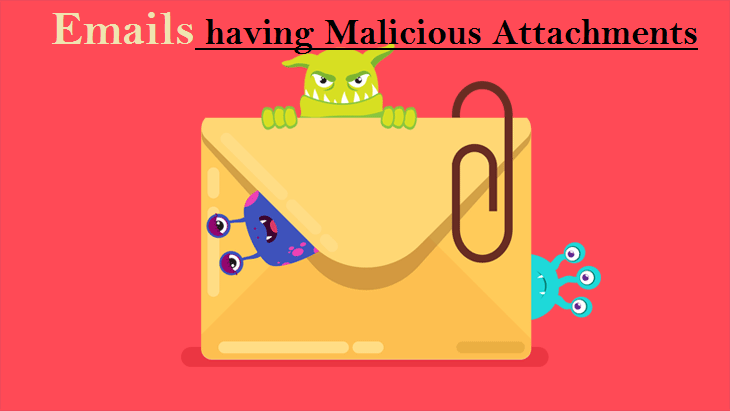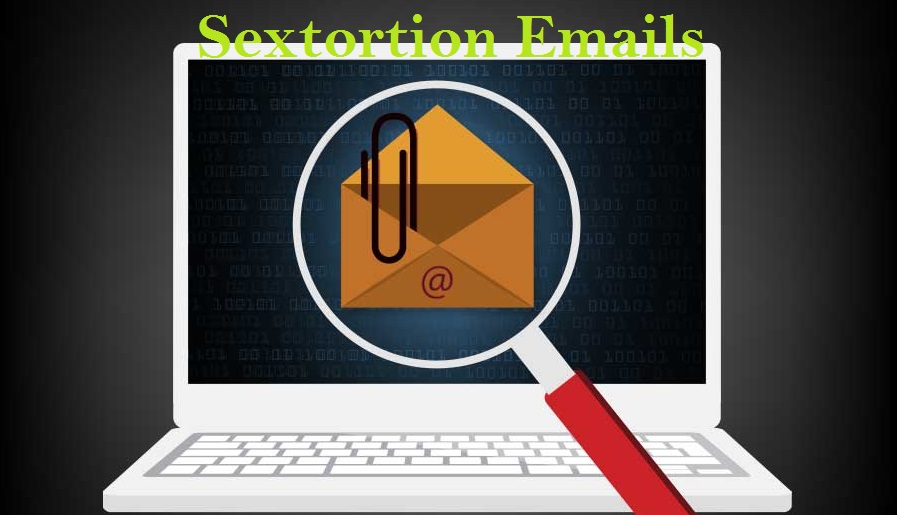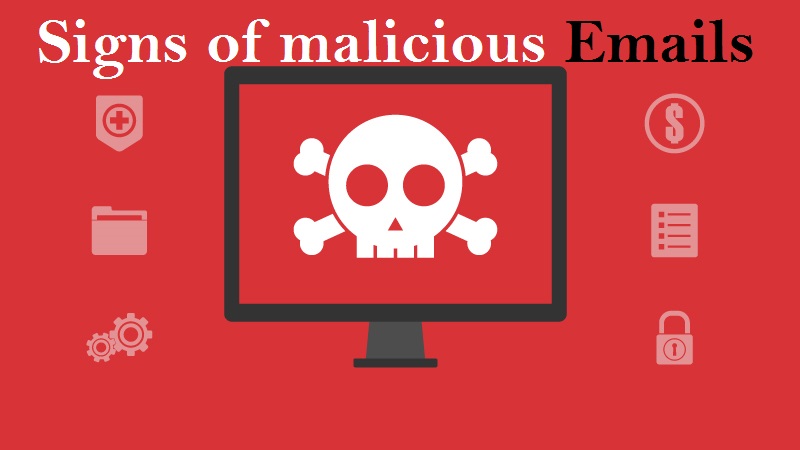Be Vigilant of the Stellar Trademark Scam
Stellar Trademark Scam Outline
Stellar Trademark is a sneaky scam targeting business owners by sending fake emails about trademark infringement. Pretending to be a legit legal firm, they claim someone wants to register your business name or trademark, creating a false alarm. Their goal is to pressure you into paying for unnecessary services.
It all starts with an official-looking email from someone posing as an Intellectual Property Attorney from Stellar Trademark. They say your business name or trademark isn’t registered with the U.S. Patent and Trademark Office (USPTO) and that someone plans to do so. This makes you feel like you’re in trouble, pushing you to act fast.
Stellar Trademark then offers to help by providing trademark services for a hefty fee. They use more pressure tactics to make you pay quickly. The catch is, they don’t actually provide the services they promise. Instead, they take your money, shut down their website, and vanish without helping you.
How the Stellar Trademark Scam Operates
Imagine you’re a business owner, and out of the blue, you get an official-sounding email from a guy named Brian Williams at Stellar Trademark. It says your business name or trademark is in danger, creating a fake emergency. The email looks professional and claims to be from an “Intellectual Property Attorney” to make it seem serious.
In this tricky situation, the email says Stellar Trademark found out someone wants to register your trademark with the USPTO (basically the trademark office). Now, the chances of random people trying to steal your trademark are super low, but this fake threat makes you feel like you need to act fast to protect your business.
Here’s where the scam kicks in. The email turns into a sales pitch for Stellar Trademark’s services. They offer things like trademark registration, monitoring, copyright registration, and other fancy-sounding services you might not really need.
If you respond to the email, Stellar Trademark’s salespeople go into high-pressure mode. They use scary tactics, saying not using their services puts your business at risk. They make big claims about how valuable their services are, making you believe you must pay a hefty fee to safeguard your business name and trademarks.
Once you give Stellar Trademark your money, they disappear without doing the promised work. They don’t really file trademarks or provide the services they said they would. The proof they show you about filing trademarks is fake. To add to the problem, they often close down their website shortly after taking your money, making it super hard to contact them. It’s like they vanish into thin air with your cash.
Warning Signs of the Stellar Trademark Scam
To figure out if Stellar Trademark is trying to scam you instead of offering a real business opportunity, watch out for these signs:
- Unsolicited Emails: If you get an unexpected email from Stellar Trademark without ever reaching out to them, it’s a big warning sign. Legitimate business opportunities usually don’t come out of the blue.
- Threatening Content: Be cautious if the email claims your business trademark is at risk or urges you to register your name urgently. Scammers create fake emergencies to trick people into acting without thinking.
- Fake Legal Credentials: Stellar Trademark reps, like Brian Williams, pretend to be Intellectual Property Attorneys. They want you to believe they’re licensed legal professionals, but it’s a trick – they’re not.
- High Pressure Sales: If a company is pushing you to pay big fees quickly without giving you time to think, be suspicious. Scammers use high-pressure tactics to distract you from potential scams.
- Upfront Fees Before Services: Stellar Trademark asks for money upfront, but they never actually provide the services they promise. Paying anything before they successfully file trademarks or put monitoring in place is falling into their trap.
- No Written Contracts: Legitimate businesses always give you clear contracts explaining what fees cover before you pay. If there’s no paperwork, it’s a sign something might be wrong.
In short, if you get an unexpected email from Stellar Trademark threatening your trademark, claiming urgent action, or asking for upfront fees without clear paperwork, be careful – it might be a scam. Always take your time to evaluate offers and don’t rush into paying for services that seem suspicious.
Steps to take in case of receiving a suspicious email from Stellar Trademark
If you get an unexpected email from a company like Stellar Trademark that seems fishy, here’s what you should do:
- Avoid Responding: Resist the urge to reply or open any attachments in the email. Replying confirms you’re a target to scammers.
- Check Online Reviews: Look up the company online, searching for “[company name] + reviews” to see if others have reported it as a scam. Also, check if the USPTO has flagged them as fraudulent.
- USPTO Database Check: Use the USPTO’s TSDR database to see if there are any pending requests related to your trademarks. This public database shows real-time registration activity.
- Consult a Trademark Attorney: Talk to a licensed trademark attorney to understand your actual registration needs and reasonable costs. Compare any offers to what these experts recommend.
- Report Scams: If you suspect a scam, file complaints with organizations like the USPTO, ICANN, FTC, and BBB to help prevent others from falling victim.
- Mark as Spam: Lastly, mark suspicious emails as spam. This helps filter out similar scam attempts in the future. It’s like telling your email system, “This is not something I want in my inbox.”
In a nutshell, be cautious, do some online checks, consult an expert if needed, report scams, and mark suspicious emails as spam to stay safe from potential scams.
In terms of email-based cyber threats, what are the different types of malicious emails?
Emails having Malicious Attachments

Email spam containing malicious attachments is a commonly employed method by cybercriminals to compromise users’ computers with malware. Malicious attachments often harbor trojans that possess the ability to pilfer sensitive data such as banking details, passwords, and other confidential information.
The primary objective of cybercriminals in these attacks is to deceive their potential victims into accessing a compromised email attachment. They commonly employ email messages that discuss recently obtained invoices, faxes, or voice messages to accomplish this aim.
If an unsuspecting individual succumbs to the trap and opens the attachment, their computer becomes infected, allowing cybercriminals to gather a substantial amount of confidential data.
Although it is a more intricate technique to pilfer personal data (as spam filters and antivirus programs typically identify such endeavors), if cybercriminals achieve success, they can access a broader spectrum of information and continue accumulating data over an extended duration.
Phishing Emails

Typically, cybercriminals employ deceitful emails to deceive individuals on the internet into divulging their confidential personal information, such as login credentials for diverse online platforms, email accounts, or online banking details.
These types of attacks are commonly known as phishing. In a phishing attack, cybercriminals typically send an email that mimics the branding of popular services like Microsoft, Amazon, DHL, or Netflix. They craft messages with a sense of urgency, such as incorrect shipping details or expired passwords, and include a hyperlink, hoping to entice unsuspecting recipients into clicking on it.
Upon clicking the provided link in these email messages, victims are redirected to a counterfeit website that closely resembles the legitimate one. In this deceptive environment, victims are prompted to enter their password, credit card information, or other sensitive data, which is subsequently harvested by cybercriminals for malicious purposes.
Spam Emails

Spam emails are unsolicited, bulk messages sent to a large number of recipients simultaneously. They often contain unwanted advertisements, scams, or fraudulent offers. The primary purpose of spam emails is to promote products, services, or websites, sometimes of dubious nature.
These emails can be sent by individuals or automated bots, and they often target a wide range of recipients without their consent. Spam emails can clog up inboxes, consume storage space, and pose risks such as phishing attempts or malware distribution.
Sextortion Emails

This type of email is a form of phishing known as a “sextortion scam.” It preys on individuals’ fears and attempts to blackmail them into paying a ransom. The scam email falsely claims that a cybercriminal has gained unauthorized access to the victim’s webcam and possesses a compromising video recording of them engaging in explicit activities.
The scammers leverage the potential embarrassment and shame associated with such content to coerce the victim into paying a ransom, often in the form of cryptocurrency, to prevent the release of the alleged video. However, it is crucial to understand that these claims are entirely false and fabricated.
What are some indicators or signs that can help identify a malicious email?

To spot a malicious email you can look for the following indicators:
Suspicious Sender: Check the sender’s email address and verify if it matches the official contact information of the organization or person they claim to represent. Be cautious of email addresses that contain misspellings, random numbers, or unfamiliar domain names.
- Poorly Written Content: Pay attention to grammar and spelling mistakes, unusual language, or poor formatting. Legitimate organizations usually maintain professional communication standards.
- Urgent or Threatening Language: Beware of emails that create a sense of urgency, pressure you to take immediate action, or threaten negative consequences if you don’t comply. Scammers often use fear or time-sensitive situations to manipulate victims.
- Suspicious Attachments or Links: Be careful of email attachments or links, especially from unknown or unexpected sources. Don’t open attachments or click on links unless you are confident about their legitimacy. Hover over links to see the actual URL before clicking.
- Requests for Personal Information: Legitimate organizations typically don’t request sensitive information, such as passwords, Social Security numbers, or credit card details, via email. Avoid providing personal data unless you are certain of the email’s authenticity.
- Unusual Requests or Offers: Be wary of emails offering unexpected rewards, prizes, or financial opportunities. If something seems too good to be true or doesn’t align with your normal interactions, it could be a sign of a scam.
- Suspicious Email Design: Poorly designed or visually inconsistent emails may indicate a scam. Watch for generic greetings, mismatched logos, or distorted images.
If you have doubts about an email’s legitimacy, it’s best to err on the side of caution. Avoid clicking on links or downloading attachments, and consider contacting the sender through a verified channel to verify the email’s authenticity.
What actions can be taken if you have fallen for an email scam?

Below are the steps you should take if you’ve fallen prey to the Stellar Trademark Scam.
- If you have mistakenly provided your credit card information after clicking on a link in a phishing email, it is crucial to immediately contact your bank and inform them about the situation. It is highly likely that you will need to take steps to cancel the compromised credit card and request a replacement for enhanced security.
- If you have inadvertently provided your password after falling for an email scam, it is essential to promptly change your password. Typically, cybercriminals gather stolen login details and sell them to other malicious groups for potential exploitation. By changing your password immediately, you reduce the likelihood of criminals having sufficient time to cause harm or unauthorized access to your accounts and information.
- If you notice any indications of identity theft, it is important to promptly reach out to the Federal Trade Commission (FTC). The FTC will gather information about your situation and develop a personalized recovery strategy.
- Assist in safeguarding fellow internet users by reporting phishing emails to organizations such as the National Fraud Information Center, Anti-Phishing Working Group, FBI’s Internet Crime Complaint Center, and the U.S. Department of Justice.
- If you have inadvertently opened a malicious attachment, it is likely that your computer has been compromised. To address this, it is advised to conduct a thorough scan of your system using a reliable antivirus software. We suggest utilizing SpyHunter 5 for Windows to help mitigate any potential threats.
⇓⇓Download Spyhunter 5 Free Scanner⇓⇓
Do make sure to read SpyHunter’s EULA and Privacy Policy. Spyhunter free scanner downloaded just scans and detect present threats from computers and can remove them as well once, however it requires you to wait for next 48 hours. If you intend to remove detected threats instantly, then you will have to buy its licenses version that will activate the software fully.
Frequently Asked Questions
Why was I included in the distribution of this email?
Phishing emails are often disseminated by threat actors through extensive campaigns, leading to thousands of recipients receiving comparable messages.
If I have viewed a spam email but refrained from opening the attachment, is there a possibility that my computer has been infected with malware?
Simply opening or reading an email does not pose a direct risk of malware infection. The actual threat arises when you interact with malicious attachments or links contained within the email, triggering potential malware download or installation processes.
If I downloaded and opened a file from a spam email, does that mean my computer is infected?
If the file you opened from a spam email was an executable file (.exe, .run, etc.), there is a high chance that your computer may be infected. However, if the file was a document format (.doc, .xls, .one, .pdf, etc.), the risk of infection may be lower as these formats usually require additional actions to initiate the download or installation of malware, such as enabling macros or clicking on embedded content.
If I have unknowingly shared my personal information in response to a deceptive spam email, what steps should I take to mitigate the potential risks?
If you have mistakenly shared your login credentials, it is crucial to change the passwords for all affected accounts promptly. Additionally, if sensitive personal information like identification documents or credit card details were disclosed, it is important to promptly notify the relevant authorities or organizations responsible for handling such incidents.
Is SpyHunter 5 capable of detecting and eliminating malware infections that may be present in email attachments?
SpyHunter 5 is powerful security software that is specifically designed to scan devices and effectively remove various types of malware infections. With its comprehensive scanning capabilities, it can detect and eliminate most known malware threats, including those that may be present in email attachments and pop-up notifications. Running a thorough system scan is crucial to ensure that all potential threats are identified and removed from your device.



